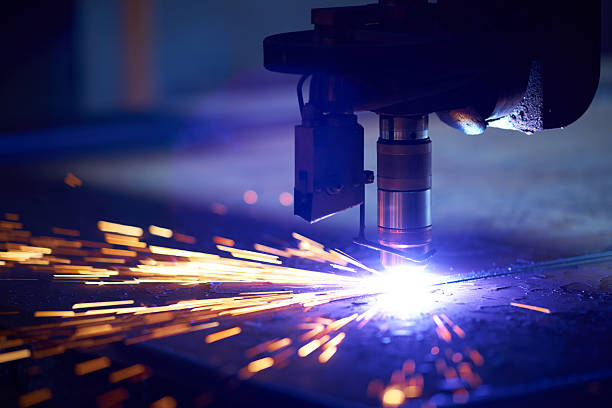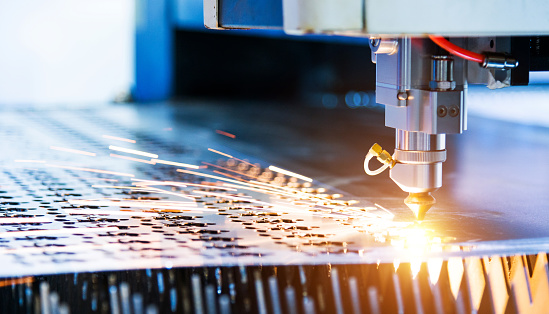Ultrafast Lasers Applications

In the past 30 years, the development of ultrafast lasers has gained continuous attention and application. Over the years, several techniques have been devised to produce ultrashort pulses. Ultrafast (femtosecond) lasers power the fastest-growing research areas: from Neuroscience to Nanomaterials.
Ultrafast lasers are known to generate very short light pulses, mostly of the order of picoseconds or femtoseconds. There are mode-locked lasers emitting ultrashort pulses, i.e., light pulses with durations of femtoseconds or picoseconds: mostly below 100 ps, often even well below 100 fs.
Applications of Ultrafast Lasers:
Researchers can use an ultrafast laser in a wide range of scientific applications due to its remarkable properties. A wide range of industrial applications can also be performed using mode-locked lasers, which have become more attractive due to their compact, powerful, and cost-effective nature.
The accessibility of ultrafast lasers has led to the analysis of a wide range of chemical, physical and biological phenomena with ultrafast optical spectroscopy, as well as the analyses of the practical applications of ultrafast technology.

Researchers can use an ultrafast laser in a wide range of scientific applications due to its remarkable properties. A wide range of industrial applications can also be performed using mode-locked lasers, which have become more attractive due to their compact, powerful, and cost-effective nature.
The accessibility of ultrafast lasers has led to the analysis of a wide range of chemical, physical and biological phenomena with ultrafast optical spectroscopy, as well as the analyses of the practical applications of ultrafast technology.
Ultrafast lasers can be used in the automotive industry, for example, forming small grooves into the surface of a combustion engine’s cylinder wall, which enables even distribution of lubricant along the piston wall and reduces the friction losses of the engine.
Ultrafast lasers can be used to develop exhaust gas sensors.
These sensors feature a ceramic layer and can quantify the properties of the exhaust gas quicker and more accurately compared to traditional sensors. These sensors improve combustion control and thus help reduce emissions.
Ultrafast lasers can be used for high quality micromachining of brittle materials like glass and are often used for scribing and cutting with flexible geometries and high-quality edges. These properties have powered an innovation with ultrafast lasers in the large-scale manufacture of displays for portable devices like phones and tablets.
In addition, ultrafast lasers have been employed in the medical field to develop coronary stents that are used as a substitute for bypass operations. Exclusive biopolymers or magnesium-based alloys should be used to realize enhanced biocompatibility.
Ultrafast lasers are key tools for advanced neuroscience and biology. These applications determined the development of advanced and dedicated lasers, different from conventional TiS mode-locked lasers.
Ultrafast amplifiers are used for very diverse pump & probe experiments, covering the entire optical spectrum from X-rays (FEL) to THz.
We see an increased interest in advanced solid-state materials:
• Nano- and 2D-materials, energy harvesting and superconductors, advanced semiconductors, catalysts.
• These studies benefit from higher repetition rates systems or from higher energy per pulse, depending on application and modality.